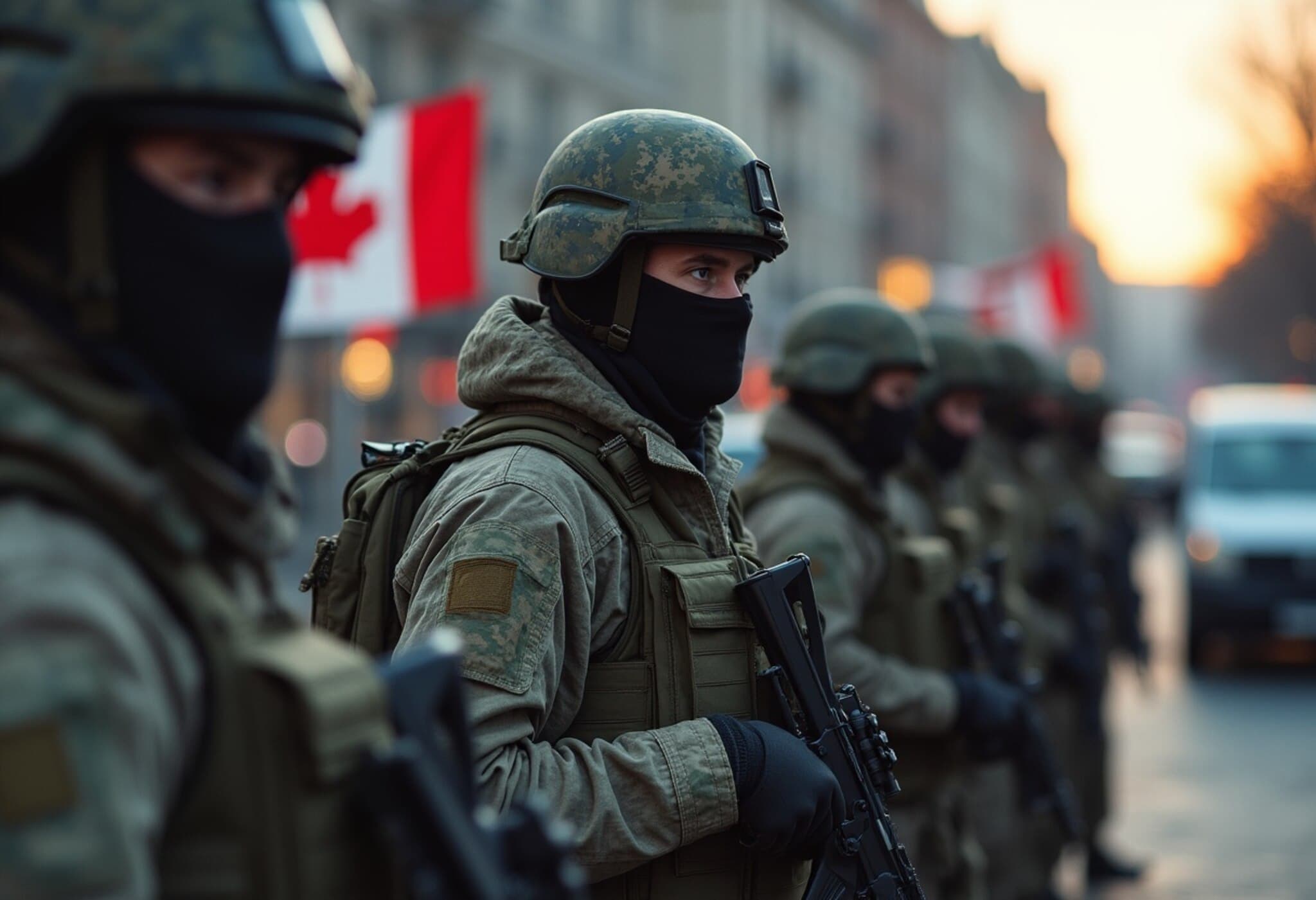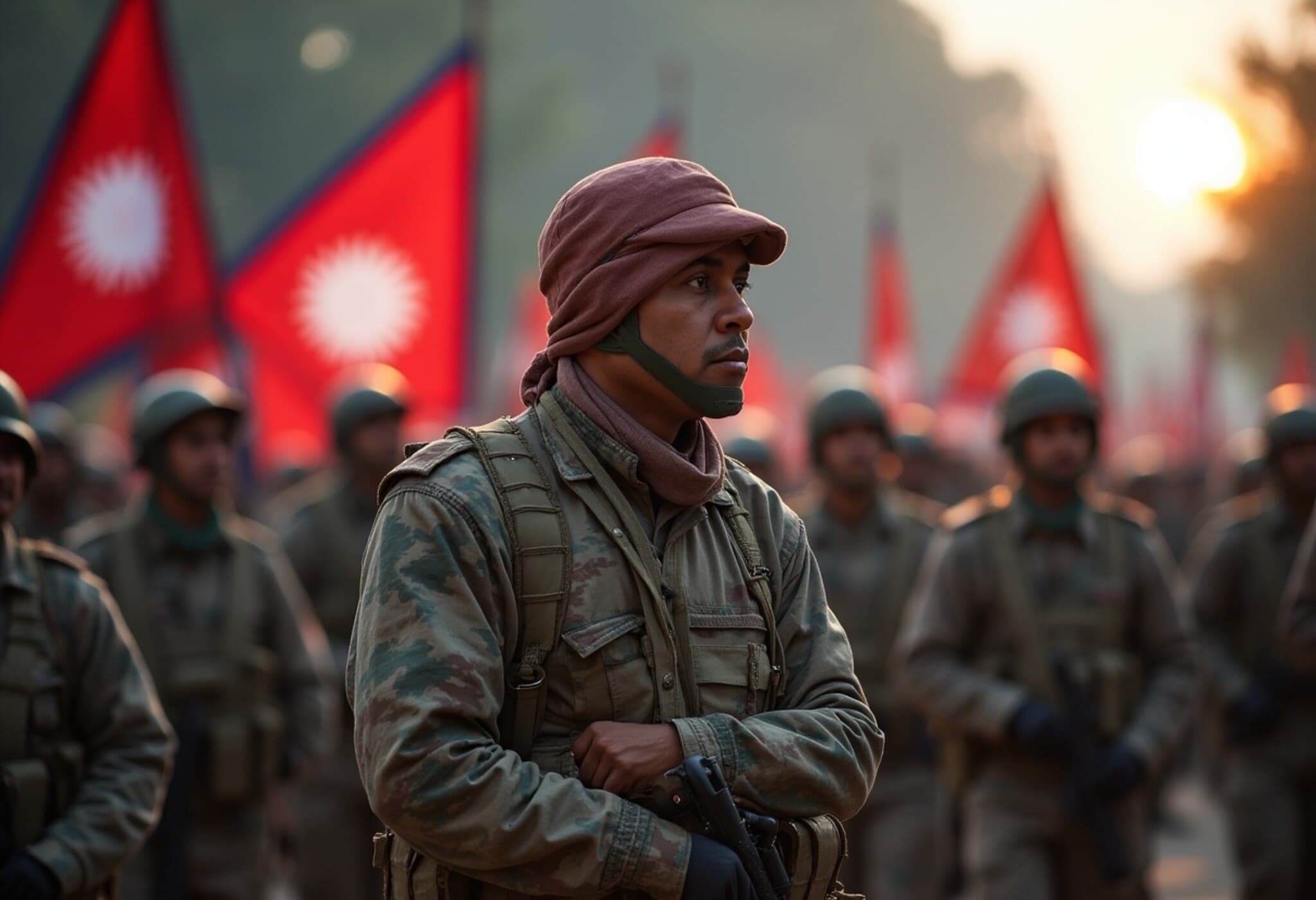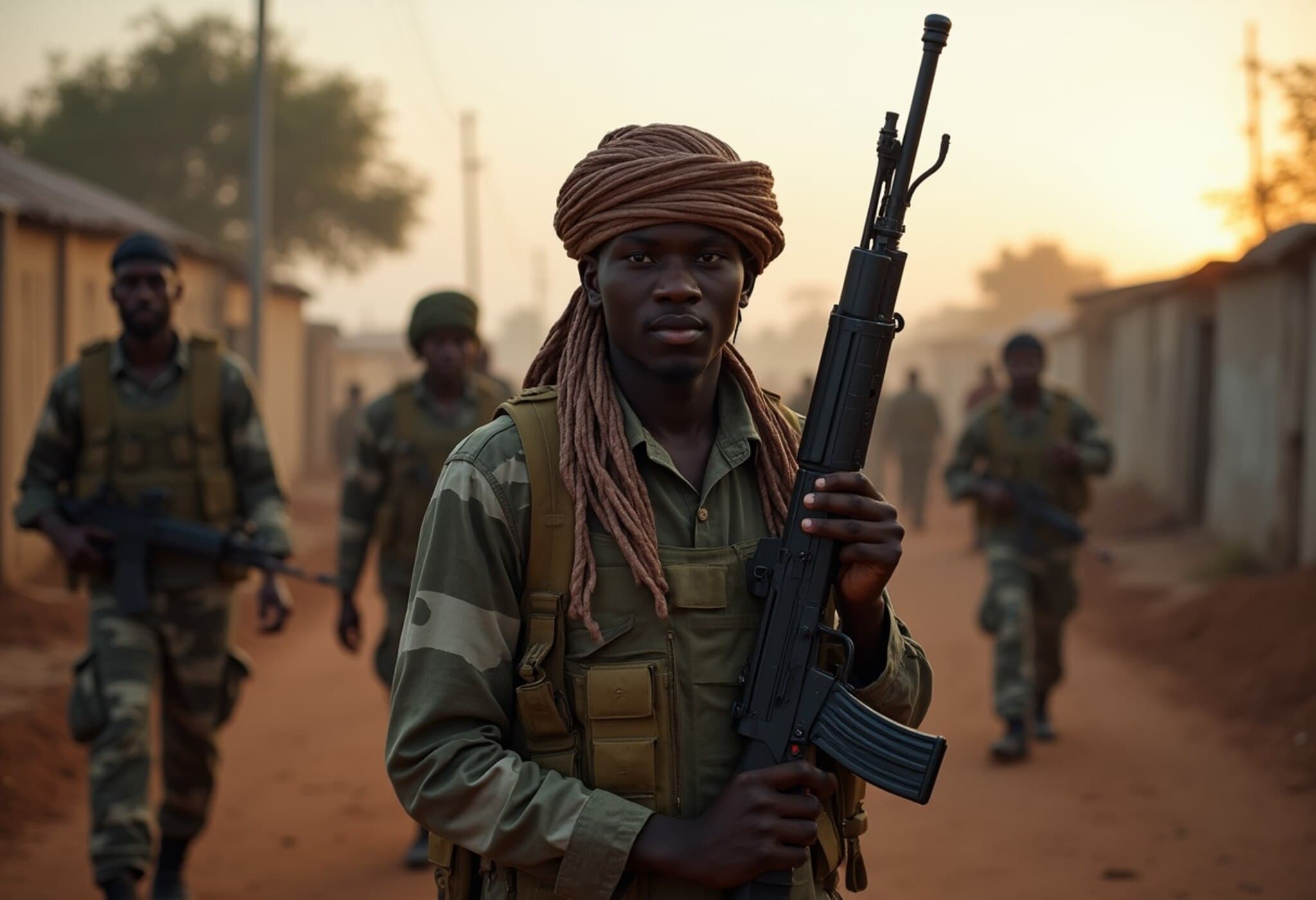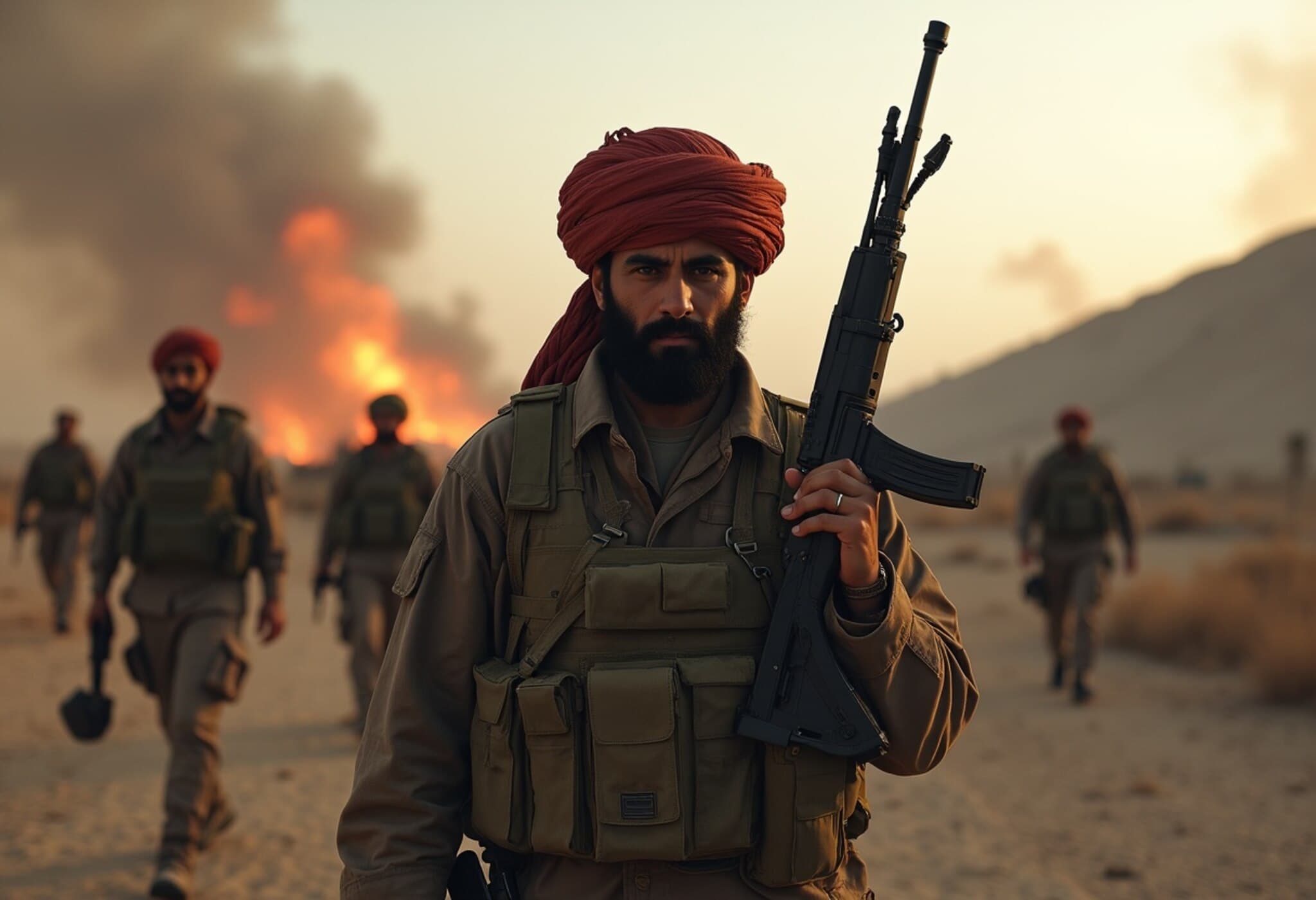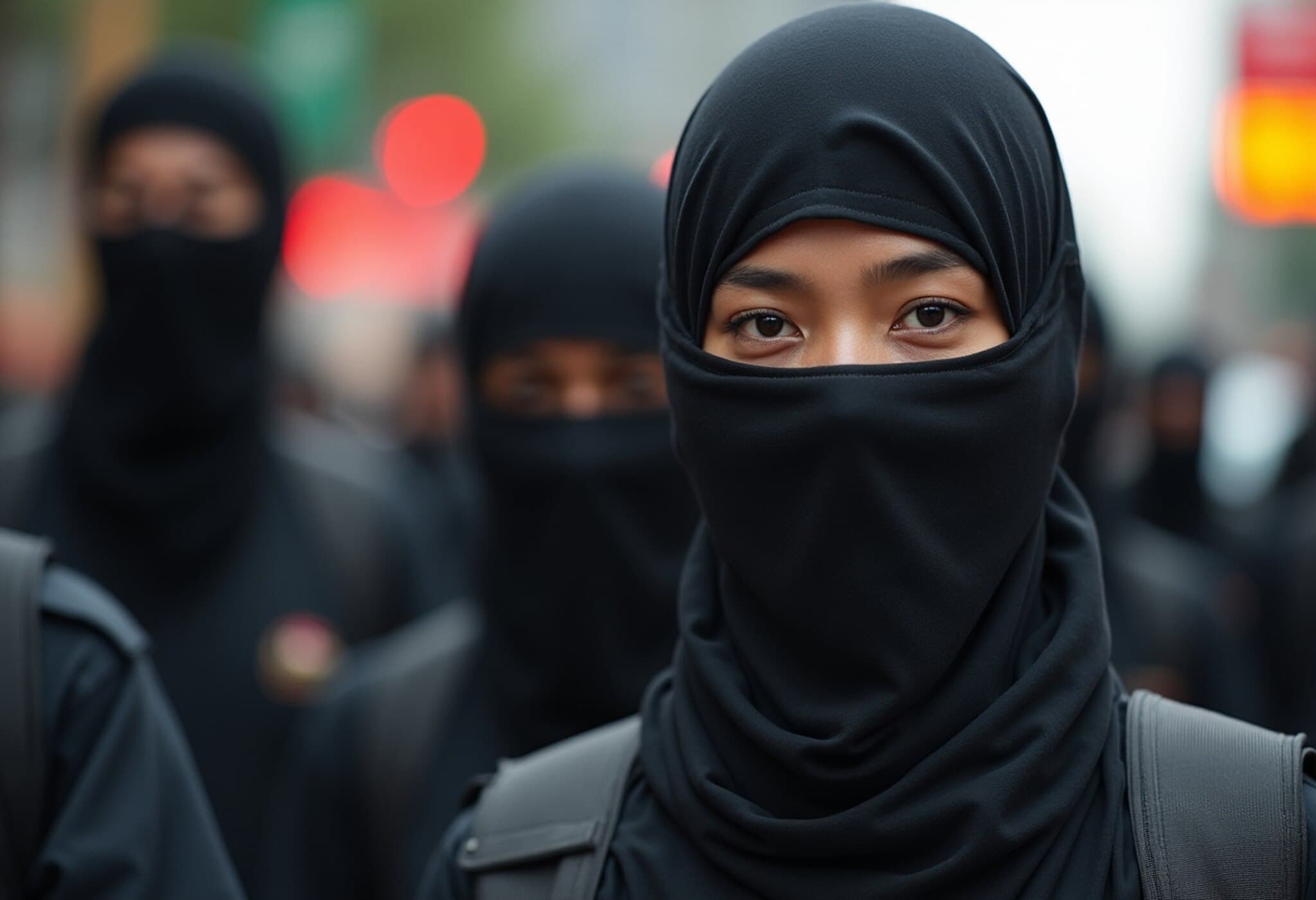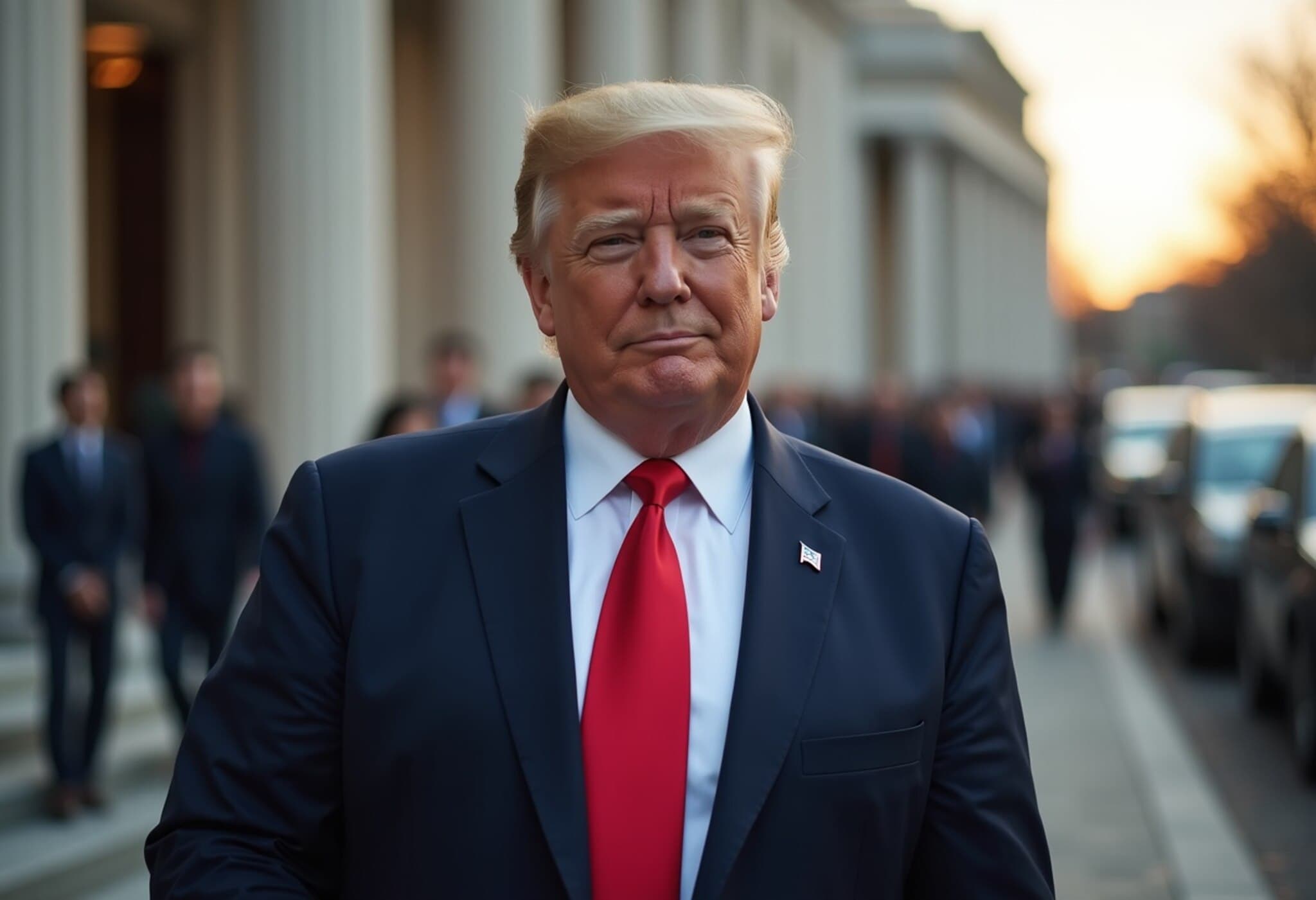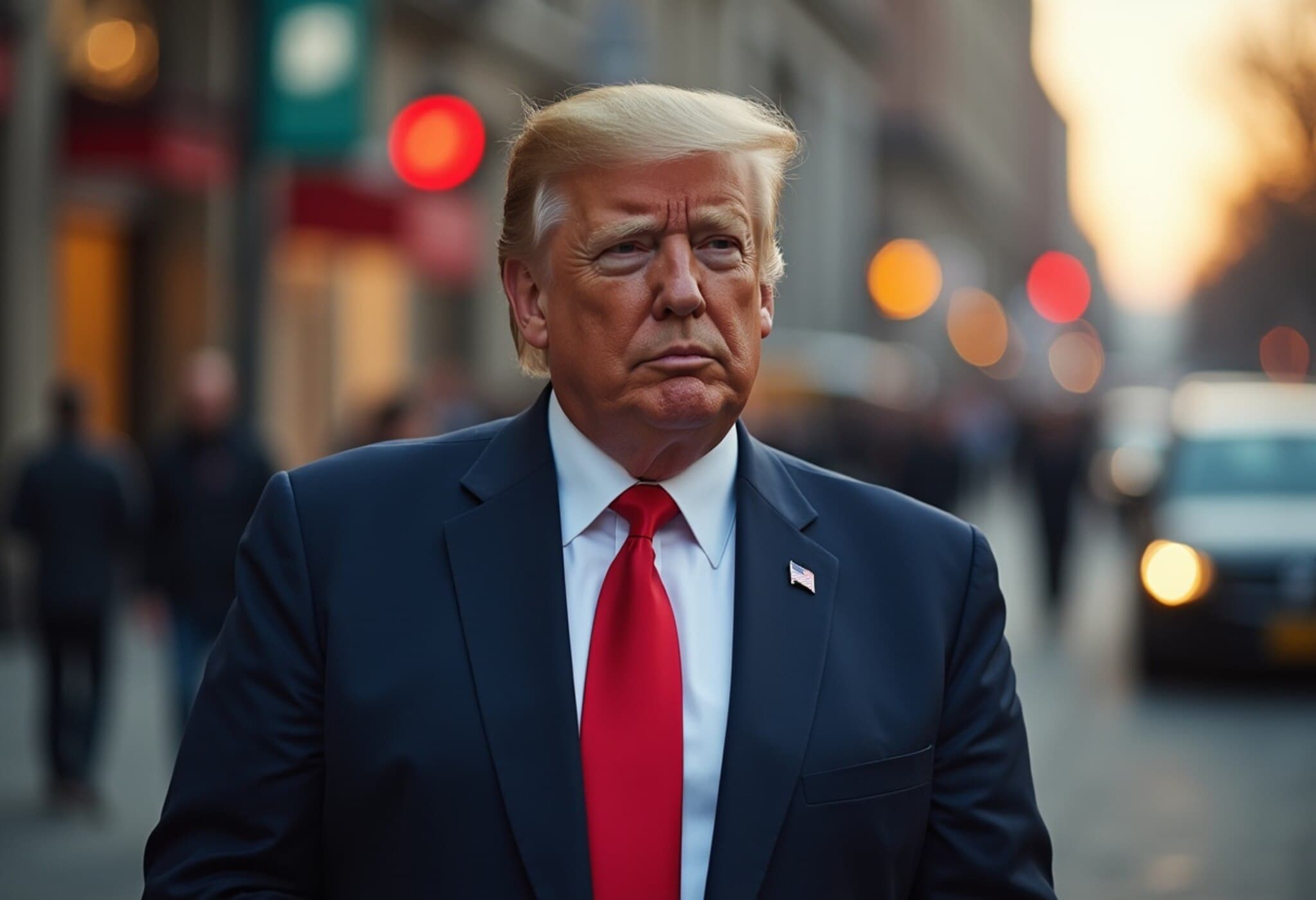Canadian Authorities Disrupt Major Anti-Government Militia Plot in Quebec
In a dramatic law enforcement breakthrough, Canadian police have arrested four men—including two active-duty military personnel—allegedly planning to establish an anti-government militia and seize territory near Quebec City. This foiled conspiracy exposes the largest weapons cache ever uncovered in a Canadian terrorism investigation, shedding light on rising domestic security threats.
Details of the Arrest and Seized Arsenal
The Royal Canadian Mounted Police (RCMP) carried out the arrests on July 8, 2025. Among those charged are Marc-Aurèle Chabot (24) from Quebec City, Simon Angers-Audet (24) from Neuville, and Raphaël Lagacé (25) also from Quebec City. A fourth suspect, Matthew Forbes (33) of Pont-Rouge, faces charges related to prohibited firearms and explosives possession.
According to the RCMP’s statements, investigations initiated in early 2024 revealed a staggering stockpile including 16 explosive devices, 83 firearms, and approximately 11,000 rounds of ammunition, alongside tactical military gear such as assault rifles and vests. These findings emphasize an unprecedented scale and capability for domestic terrorism within Canada.
Alleged Militia Activities and Training
Authorities assert that the group was engaged in rigorous preparation, encompassing military-style training drills involving firearms practice, ambush and scouting exercises, survival tactics, and efforts to recruit additional members via social media channels. Although specific motives and targeted locations remain under investigation, the intent to seize Quebec territory underscores a dangerous ambition to challenge government authority.
Expert Analysis: The Changing Landscape of Canadian Domestic Extremism
Jessica Davis, a former intelligence analyst and president of Insight Threat Intelligence, explained the significance: “This is by far the largest collection of weapons and explosives ever found in a terrorist case in Canada.” She contextualizes this within broader North American security concerns, noting that unlike earlier high-profile international terror plots, domestic threats often emerge from ideologically driven movements, including anti-government militias, far-right extremists, and other radicalized communities.
“Over the past two decades, Canada's major security challenges have shifted. It’s not foreign terrorist organizations like al-Qaida dominating the threat landscape but homegrown extremist groups motivated by anti-government sentiments and identity-based grievances,” Davis added. This illustrates the complex web of domestic radicalization that demands enhanced vigilance by security agencies.
Legal Proceedings and Future Implications
The four men have yet to enter pleas and are scheduled for a court appearance in Quebec. Canadian authorities continue to investigate possible connections and broader networks, aware of the potential ripple effects such armed plots could have on national stability and public safety.
Underreported Angles and Ongoing Questions
- Military Infiltration Concerns: The involvement of active military members raises troubling questions about radicalization within the ranks and the adequacy of military screening and monitoring processes.
- Community Impact: How local populations near Quebec City perceive this plot and resultant security measures could influence regional trust in law enforcement and government policies.
- Policy and Prevention: What steps can Canadian policymakers enact to preempt similar plots, balancing civil liberties and public safety?
Conclusion
The disruption of this militia plot starkly reminds us of the evolving contours of domestic terrorism in Canada. With the sheer scale of weapons and the readiness for violence this group possessed, law enforcement’s vigilance has arguably averted a potential tragedy. Yet, it also spotlights the ongoing need for comprehensive strategies to combat radicalization and enforce security within and beyond military institutions.
As Canada grapples with complex internal security challenges, this case urges a deeper examination of how extremist ideologies permeate society, including security forces themselves. Readers should consider the broader implications of militia movements and the delicate balance between safeguarding freedoms and ensuring collective safety. Continued public discourse and policy innovation are vital to prevent such threats from escalating.

